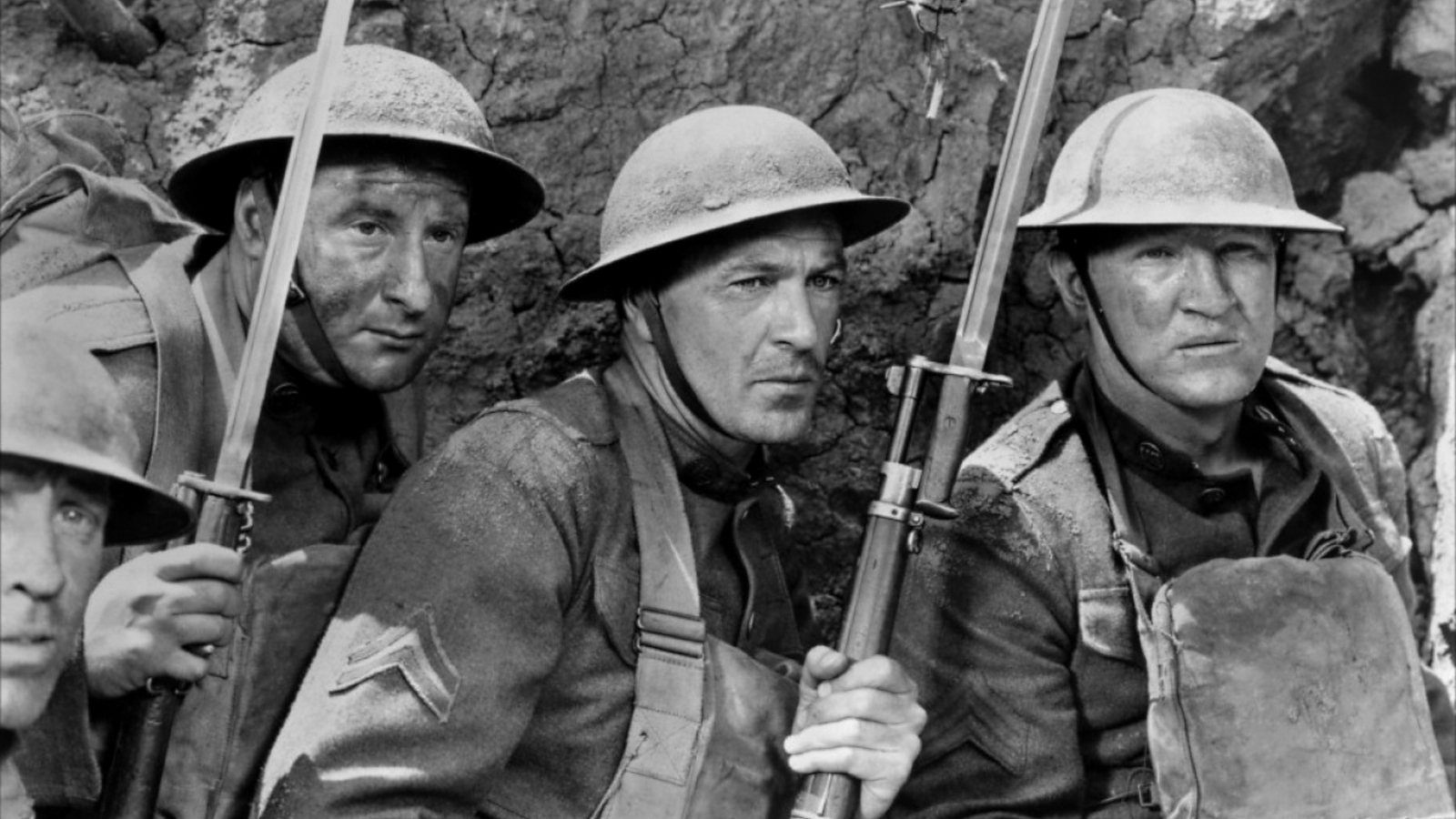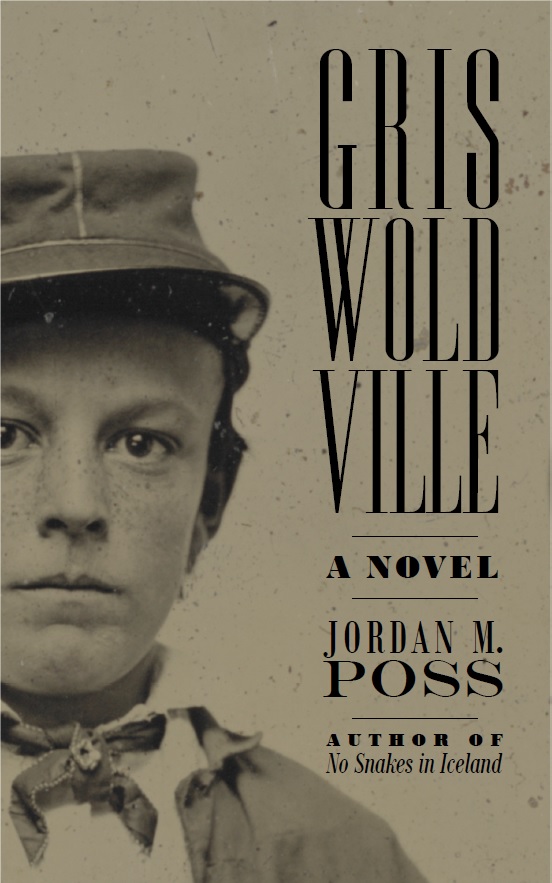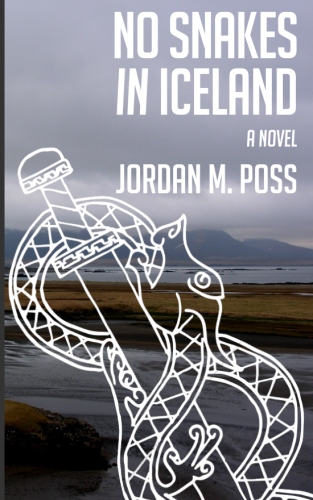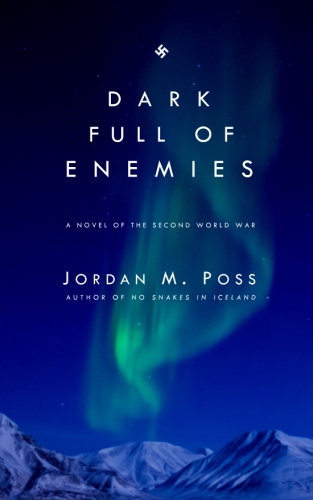With the Marines at Tarawa
/75 years ago today, the US Navy landed Marines on Betio, the largest island of Tarawa Atoll. The Japanese defenders had heavily entrenched themselves in sand and palm log bunkers and enormous bombproof dugouts. Though the island was just over a square mile in area it took the next three days to secure, with constant heavy fighting all the time. Over a thousand Marines were killed, and two thousand were wounded. Of the more than 2,600 Japanese defenders, seventeen were captured. The rest died fighting, along with over a thousand Korean forced laborers.
With the Marines at Tarawa is an Oscar-winning documentary short about the battle. Much of the footage was shot by Marine combat cameraman Norman Hatch—who just died last year aged 97—and who steeled himself for the project by pretending the assignment was just like any other. The film is an achievement, an unflinching, powerful depiction of modern war in all its terror, glory, and awful consequences. And it offers no false promises of easy victory, only a reminder that it will get worse before it gets better.
But as remarkable a film as With the Marines at Tarawa is, it almost didn’t come to be. Wartime censorship prohibited the depiction of dead Americans’ bodies, and so the producers of the film had to seek an audience with FDR himself in order to get permission to show the grisly footage of the battle. Roosevelt, moved by the footage and informed of the disconnect between what American troops were living through and what the folks back home were imagining—a disconnect explored in print by embedded reporter Robert Sherrod in his excellent Tarawa: The Story of a Battle—granted it.
I show this film to every US History II (1877-present) class that I teach. Despite its age, it always makes an impression. Take the twenty minutes to watch it today if you’ve never seen it before—and even if you have.




















